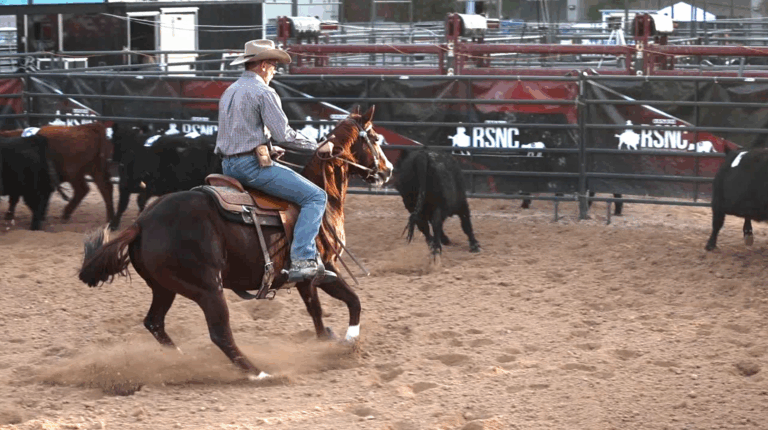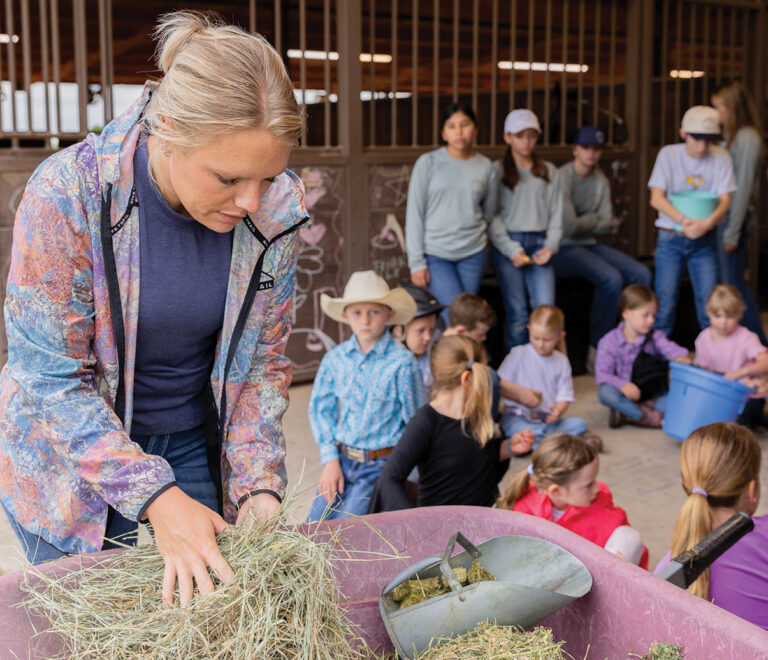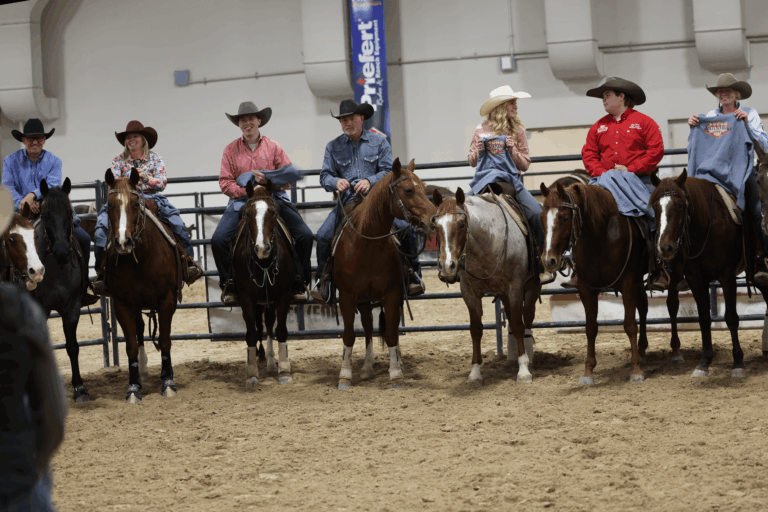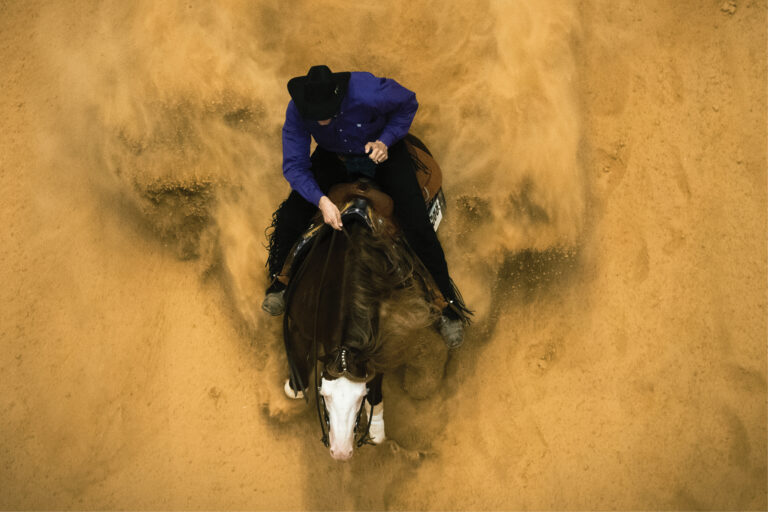Do you have a slim horse that just can’t seem to muscle up no matter how hard you ride, a gelding that’s been mistaken for a full-term mare, or an oldie that has traded his former fit physique for a potbelly and sagging back? While it may seem that this hay-belly look is just result of overeating and lack of exercise, it’s likelier to be a sign that your horse isn’t getting the nutrients he needs.
The Culprit
Feeding low-quality hay that lacks adequate protein and fiber is the cause of hay belly. For your horse to get the nutrients he needs from poor feed, he must eat more volume. Due to the volume and the amount of time it takes for his stomach enzymes to break down the nutrients in the feed, it ends up sitting in his large intestines longer than a higher quality feed would. This extra fermentation time causes his gut to distend, creating that sagging, bloated belly.
The typical signals that it’s hay belly and not a weight issue, aside from consulting with your vet, is that your horse’s belly hangs low and out to the sides. His body or midsection will often look disproportionate because it typically accompanies a thin frame. Your horse might lack fat deposits around his neck and other areas and may even have visible ribs. He can also have a dull coat and generally lack muscle around his chest and rear. Though hay belly is more common in senior horses, it can happen at any age.
The Fixes
Go for quality. Find and feed better hay with higher protein and fiber content. Low-quality hay is often too mature or cut too late, and as a result has a higher stem-to-leaf ratio than desirable. Choose hay that’s been cut in its prime and is leafy, as it’ll be higher in fiber and protein. Since protein is the building block for your horse’s muscle, feeding more of it will also improve your horse’s body composition.
Mix and match. If your horse primarily feeds on grass, supplement with quality hay. This combination allows you to manage cost by offering free range while also ensuring that your horse has access to the nutrients—especially protein that he needs to maintain muscle tone.

Supplement Mindfully
Cost and access to quality hay can be a concern for horse owners, especially in tight markets. A protein supplement such as a grain can complement your feeding program and ensure that your horse gets a balanced diet. You may find that you still have some of the belly sagging due to the hay digestion, but the grain supplement will help him build and maintain muscle along his topline to counteract some of the appearance of his distended abdomen.




